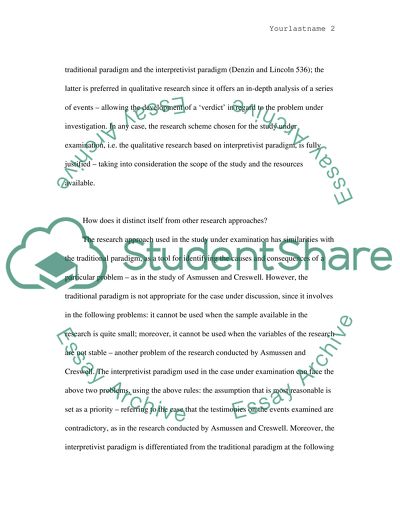Cite this document
(“Case Study Analysis Campus Response to a Student Gunman Essay”, n.d.)
Retrieved from https://studentshare.org/environmental-studies/1409552-case-study-analysis-campus-response-to-a-student-gunman
Retrieved from https://studentshare.org/environmental-studies/1409552-case-study-analysis-campus-response-to-a-student-gunman
(Case Study Analysis Campus Response to a Student Gunman Essay)
https://studentshare.org/environmental-studies/1409552-case-study-analysis-campus-response-to-a-student-gunman.
https://studentshare.org/environmental-studies/1409552-case-study-analysis-campus-response-to-a-student-gunman.
“Case Study Analysis Campus Response to a Student Gunman Essay”, n.d. https://studentshare.org/environmental-studies/1409552-case-study-analysis-campus-response-to-a-student-gunman.


